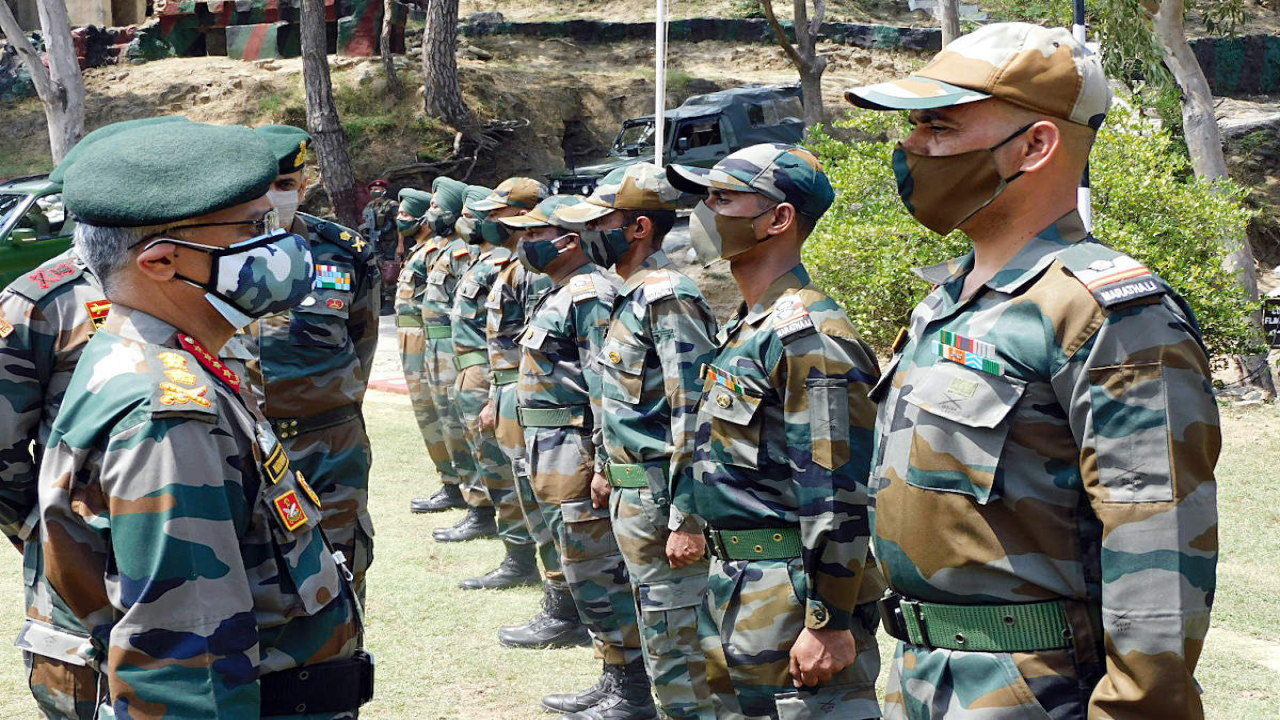White Knight Corps
The White Knight Corps, established on June 1, 1972, is a vital component of the Indian Army. Headquartered in Nagrota Cantonment, Jammu and Kashmir, it plays a crucial role in ensuring security and operational preparedness along the Line of Control (LoC). Recently, Lieutenant General Manjinder Singh, the current GOC of the White Knight Corps, conducted a comprehensive review of the security situation and operational preparedness. His focus was on the Poonch and Rajouri sectors along the LoC.
Formation and Structure
The inception of the White Knight Corps took place on June 1, 1972, under the leadership of Lieutenant General J F R Jacob, who assumed the position of its inaugural General Officer Commanding (GOC). It comprises notable divisions, including the 10th Infantry Division (RAPID), 25 Infantry Division (Ace of Spades), and 39 Infantry Division (Dah Division). These divisions contribute to the overall strength and effectiveness of the White Knight Corps.
Operational Control and Forces
Under the operational control of the corps, several specialized forces play crucial roles. These include the Delta Force, Romeo Force, and Uniform Force of the Rashtriya Rifles. These forces work in coordination to maintain security and counter any threats that may arise.
Countering Youth Radicalization
Recognizing the importance of countering youth radicalization, the White Knight Corps has initiated various measures. These include actively engaging in education, sports, and other cultural activities. Additionally, the corps collaborates with the administration and religious leaders to foster an environment that discourages radicalization. By promoting positive avenues for the youth, the corps aims to counter the influence of extremist ideologies.
Future Initiatives
Looking ahead, the White Knight Corps is committed to maintaining the highest standards of security and operational preparedness. It will continue to undertake efforts to strengthen the security situation along the LoC. The corps also acknowledges the importance of adapting to emerging challenges, such as the increasing use of drones, and is in the process of establishing an anti-drone mechanism to address this concern effectively.
Month: Current Affairs - May, 2023
Category: Defence Current Affairs


